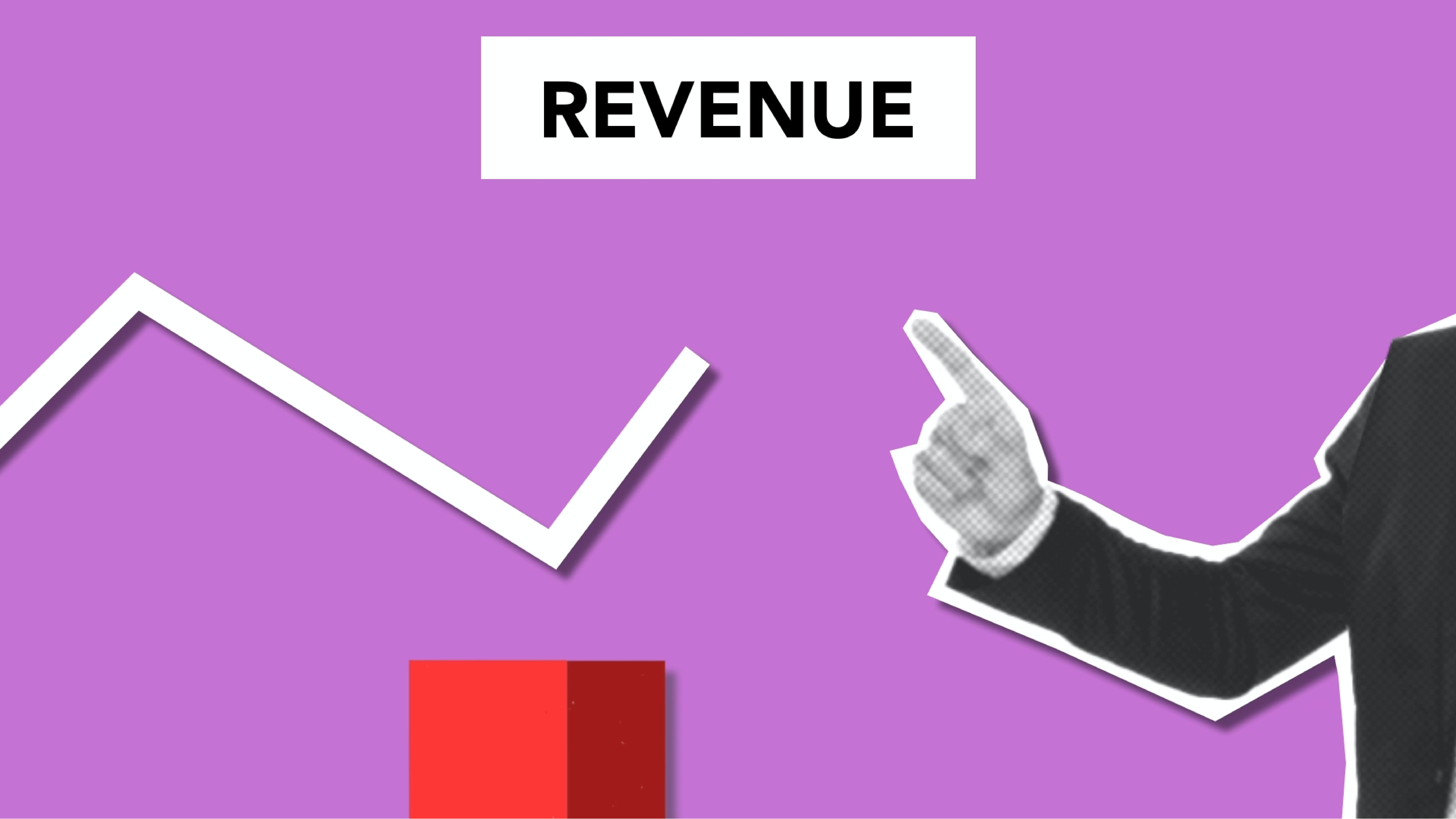
 We are living in a state of constant and rapid change. Technology seems to be advancing by the minute, with newer devices, gadgets and apps flooding our marketplace daily. As technology continues to progress, businesses and companies must also be able to respond to the ever changing marketplace. In a marketplace where there is a multitude of products, there is more and more attention being placed on user’s needs as a way to help a product stand out against its competitors. As a result, there is currently an increasing demand of design work and UX research. It is being seen that as companies continue to grow, they are beginning to add user experience focus to their organizations as a means of improving their business.
We are living in a state of constant and rapid change. Technology seems to be advancing by the minute, with newer devices, gadgets and apps flooding our marketplace daily. As technology continues to progress, businesses and companies must also be able to respond to the ever changing marketplace. In a marketplace where there is a multitude of products, there is more and more attention being placed on user’s needs as a way to help a product stand out against its competitors. As a result, there is currently an increasing demand of design work and UX research. It is being seen that as companies continue to grow, they are beginning to add user experience focus to their organizations as a means of improving their business.
It is no surprise that UX is a field that is constantly evolving. As follows, the UX field has to be able to adapt to the peaks and valleys of the marketplace. Sometimes there is a great need to UX designers, development and research, where sometimes there is a bit of a lull in the types of products that are being created. Not only must the UX field be able to respond to the way in which the marketplace changes, but also the way in which user demands also follow a similar peak and valley manner. Consequently, UX researchers and designers are busy trying to create innovative solutions to user experience problems within an industry that is constantly shifting. Since the industry is something that is always shifting, the amount of projects and work that is required from those on a UX team is also subject to the peaks and valleys metaphor. Sometimes it will seem as though the marketplace is flooded and there is a drastic need for contemporary design solutions, and other times it will seem as though users are currently satisfied with all their products.
This is why it is important to recognize the ways in which these peaks and valleys impact not just the UX team, but also the UX Designer themselves. The UX team has to be able to work with each other and allow themselves to be subject to change in line with the current marketplace. Often times the UX designer is required to work closely with all team members in order to fully understand the design needs and to make sure that everything is implemented in line with the UX requirements. This means that UX team needs to be able to communicate effectively with each other to make sure that everything is being supported so that it can be executed in the best way possible. Additionally, the UX team needs to be able to be adaptable. Since the industry and marketplace are subject to peaks and valleys, this means that so is the UX team and consequently, the UX team has to be able to be resilient and adaptable to whatever changes may come. There is no fixed way to be adaptable, this is something that is unique to each specific team and what exactly it is they are adapting to. However, it is important to understand the ways in which the peaks and valleys of the marketplace can ultimately impact the UX team. The UX team must try to remember be able to be embrace the concept of agility in the sense that they can respond to change in a proactive manner to whatever comes their way.
Companies and businesses will always have to deal with the peaks and valleys of the marketplace, the development of competing products, and new technologies. The UX industry is no different. Therefore, the UX team needs to be able to a flexible and resilient force that is able to work together to meet whatever changes are occurring in an enthusiastic manner. As stated earlier, there is no formula for being able to be adaptable. However, by nature UX people are great problem solvers and innovative outside-the-box thinkers, which already makes them more equipped to handle the peaks and valleys of modern enterprise.
READ MORE: User Centered Design, Big News on Big Data, Current-State vs. Future-State Journey Mapping










Comments
Add Comment